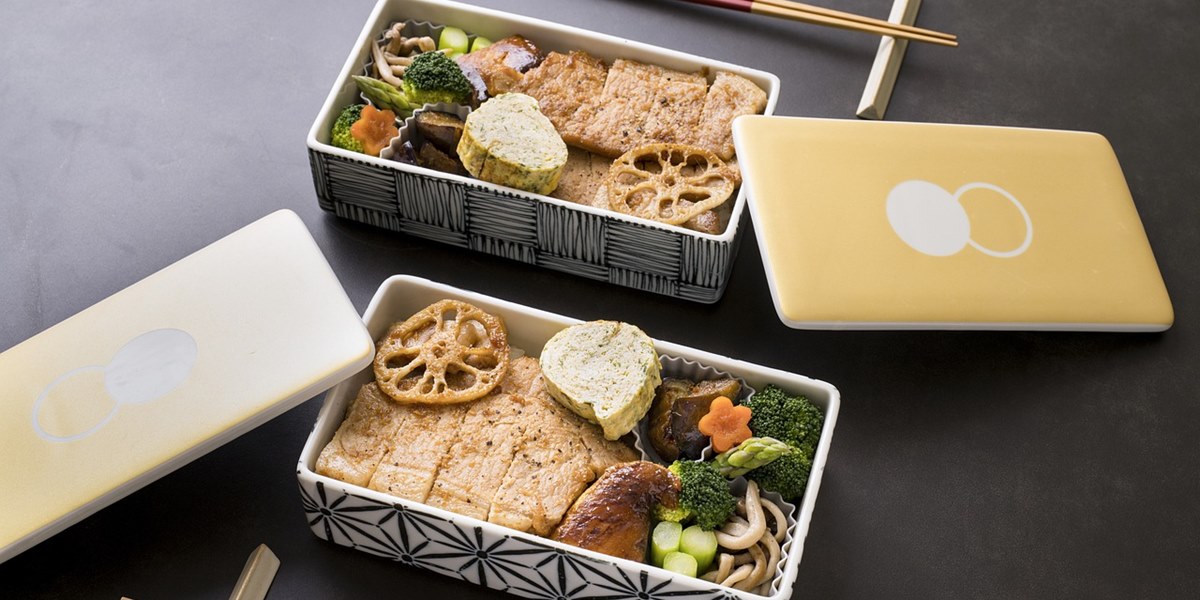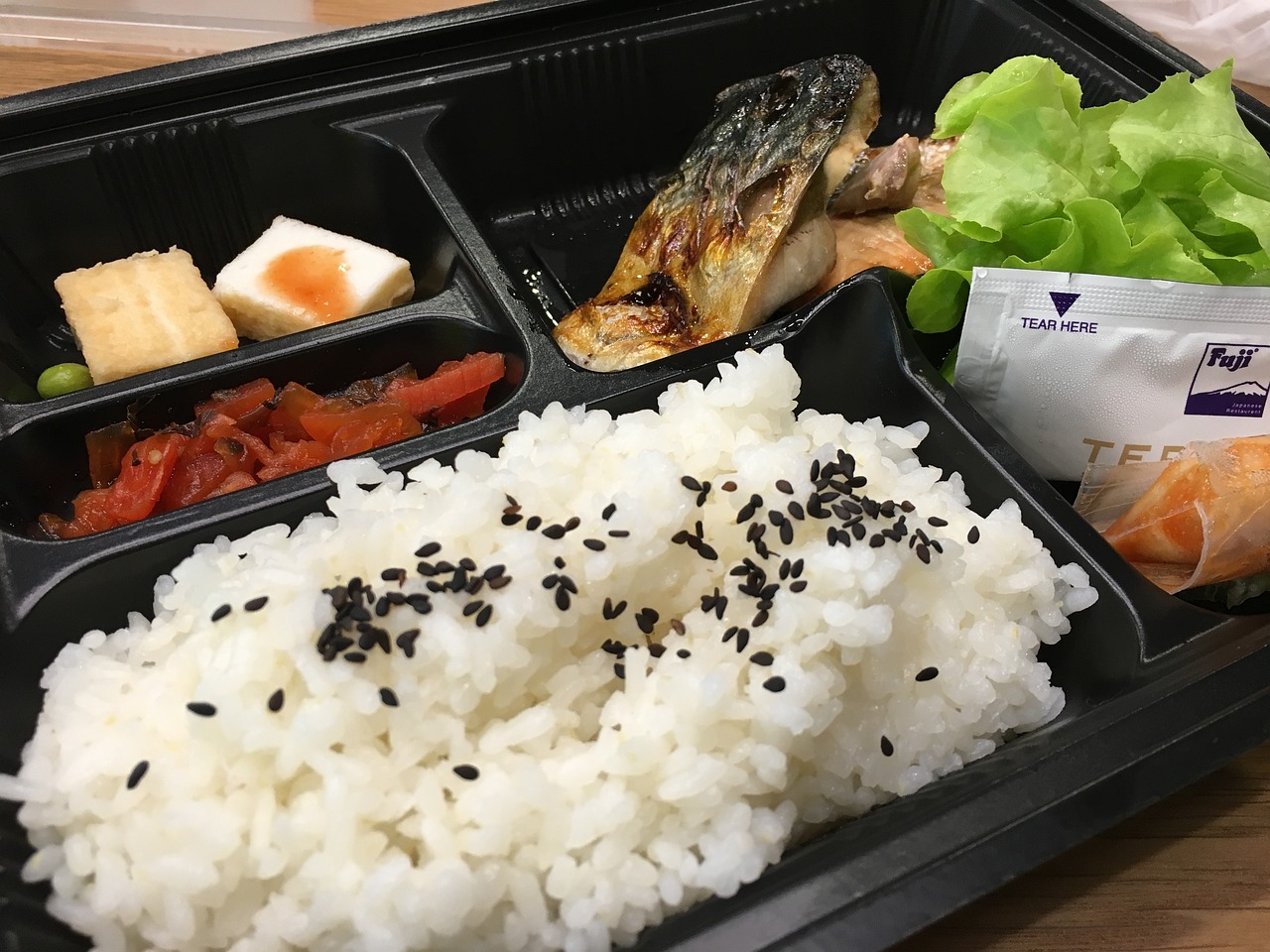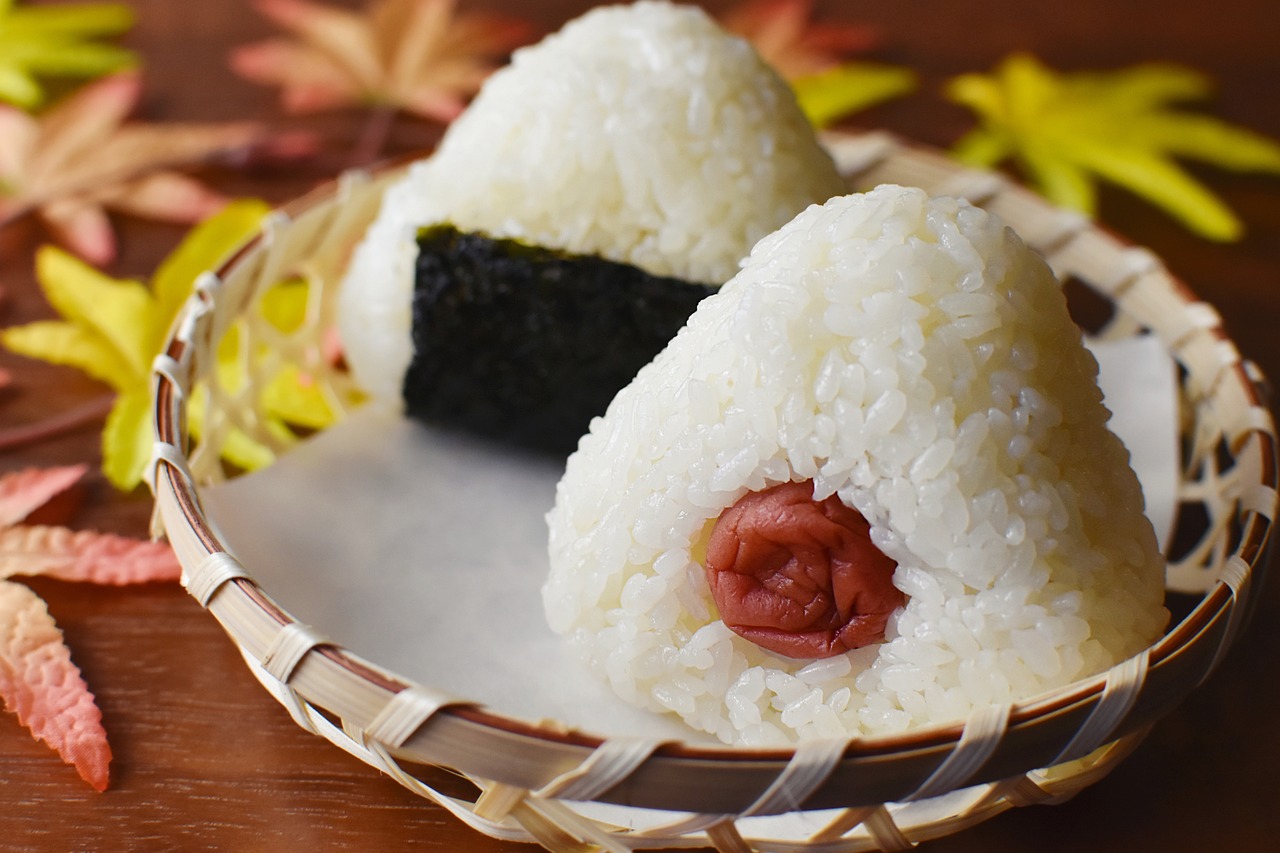7 Characters from MAD SAMA! Usui Takumi MBTI, the Introvert Who Cares Silently
Curious about what traits show Usui Takumi as ISTJ? To find out, just check out the following review.

Kapanlagi.com - Lunch is a universal daily ritual. This activity holds a special place in Japanese culture. The Land of the Rising Sun is not only famous for its natural beauty or technological advancements but also for its rich language and culinary traditions. The Japanese vocabulary for lunch has several terms that are used.
Each brings a unique nuance and context. From traditional words to modern terms borrowed from foreign languages. This article will thoroughly discuss Japanese lunch vocabulary that can be known, accompanied by in-depth explanations and descriptions of common forms of lunch in Japanese society.
So, for those of you who are learning Japanese. Here is the Japanese vocabulary for lunch complete with explanations and its forms in general society. Let's check it out, KLovers!

Illustration (credit: pixabay.com)
Lunch in Japanese culture, or the expression for lunch in Japanese "hirugohan", plays an important role in the daily life of the Japanese people. Lunch in Japan typically takes place between 12:00 PM and 1:00 PM.
For office workers and students, this is a valuable break time to recharge and socialize. The Japanese lunch culture reflects values such as efficiency, nutritional balance, and appreciation for food.
In Japanese work culture, having lunch with coworkers is considered important for building team relationships. However, there is also a trend of Japanese lunch "desk lunch" where employees eat at their desks to save time.
Schools in Japan have a school lunch program or Japanese lunch called "kyuushoku" that emphasizes balanced nutrition and education about food. Students typically take turns serving food to their friends.
This teaches responsibility and cooperation. In recent decades, international influences have enriched the lunch options in Japan. Western fast food and cuisine from various Asian countries have become popular choices, especially in urban areas.
Although modern lifestyles have brought changes, the basic concept of lunch in Japan continues to emphasize nutritional balance, efficiency, and a moment to rest during a busy day. This can be known by KLovers when you are learning the Japanese language or culture.

Illustration (credit: pixabay.com)
In addition to knowing the Japanese language for lunch, KLovers can also learn about the different forms of lunch in Japan. These lunch forms reflect the culture of Japanese food.
Starting from the emphasis on nutritional balance and aesthetics in bento, to the efficiency and practicality of onigiri. This shapes a rich and diverse lunch landscape in modern Japan.
1. Bento
Bento is a traditional Japanese lunch box that has become an integral part of the eating culture in this country. Bento boxes are usually made of plastic, wood, or metal, with compartments that allow for the separate presentation of various foods.
The contents of a bento generally consist of rice (which is often shaped into small balls or molded), side dishes such as grilled meat or fish, rolled eggs (tamago), cooked or raw vegetables, and sometimes sweet foods for dessert.
Many Japanese people, especially housewives, spend time and effort making bentos that are not only delicious but also visually appealing. This gives rise to the art of "kyaraben", where food is arranged to resemble popular cartoon characters or cute animals.
Bentos can be made at home or purchased at various places such as convenience stores (konbini), train stations, or specialized bento shops. In Japanese work and school culture, bringing a bento is a common practice that allows people to enjoy healthy and cost-effective homemade meals.
2. Teishoku
Teishoku is a very popular set meal concept in Japanese restaurants. The term literally means "fixed meal" and refers to a complete dish consisting of several standard elements. The main components of teishoku usually include:
- White rice (gohan)
- Miso soup
- Main side dish (for example, grilled fish, teriyaki chicken, or tonkatsu)
- Tsukemono (Japanese pickles)
- Several side dishes (okazu) such as boiled vegetables, tofu, or eggs
Teishoku reflects the Japanese eating philosophy that emphasizes nutritional balance and flavor variety. This dish is usually served on a large tray, allowing customers to enjoy a variety of foods at one time.
Teishoku restaurants are often a popular choice for lunch because they offer nutritious, diverse meals that are served quickly, suitable for limited lunch hours.
3. Ramen or Udon
Ramen and udon are two types of noodle soups that are very popular as lunch options in Japan. Ramen is wheat-based noodles served in a rich broth. The ramen broth can be based on shoyu (soy sauce), miso, shio (salt), or tonkotsu (pork bone).
Ramen is usually topped with various toppings such as slices of pork (chashu), soft-boiled eggs (ajitsuke tamago), nori (seaweed), and vegetables like bean sprouts or green onions. Each region in Japan has its own unique ramen variation.
Udon, on the other hand, is a thick noodle made from wheat flour that has a chewy texture. Udon can be served in hot broth (kake udon) or cold with a dipping sauce (zaru udon). Udon toppings can vary, ranging from tempura, slices of beef, to vegetables.
Both ramen and udon are popular as filling fast food. Ramen and udon shops are spread throughout Japan, from small stalls to large restaurants, offering quick, delicious, and relatively affordable lunch options.
4. Onigiri
Onigiri, also known as omusubi, is a triangular or round rice ball that is often considered a traditional Japanese fast food. Onigiri is usually wrapped in a sheet of nori (seaweed) and has various fillings in the center.
The fillings for onigiri are very diverse, ranging from umeboshi (pickled plum), salmon, tuna mayo, to kombu (seaweed). Some modern variations even use fillings like teriyaki chicken or curry. Onigiri is very popular as a snack or light lunch.
This is because it is easy to carry, durable, and filling. They are available in almost every convenience store (konbini) in Japan, making them a very accessible option for a quick lunch. In Japanese culture, onigiri has a long history as a practical food.
Those are some Japanese lunch expressions that you can know. Understanding lunch terms in Japanese opens a window to a broader understanding of the culture, traditions, and daily life of the Japanese people.
(kpl/dhm)
Cobain For You Page (FYP) Yang kamu suka ada di sini,
lihat isinya
Curious about what traits show Usui Takumi as ISTJ? To find out, just check out the following review.
Curious about what MBTI types are believed to have a high leadership spirit? To find out, just take a look at the following review.
Are you interested in watching the latest short duration Chinese dramas of 2024? If so, let's take a look at the list of recommendations and brief reviews below.
So, are you interested in watching Japanese dramas suitable for beginners? If yes, let's take a look at the list and brief reviews below.
For those curious about the synopsis. Let's explore together the synopsis of the anime SHAMAN KING and get to know the unique characters that inhabit the world of this anime SHAMAN KING. Check it out, KLovers!
After narrating Po's long journey to becoming the Dragon Warrior, this latest kungfu film will showcase Po facing even greater challenges. In addition to the beloved and familiar characters, this film also introduces a new formidable enemy.
The meaning of dreams about crazy people is often associated with hidden aspects of situations in the lives of those who experience them. Many believe that this dream can be a subconscious way to express anxiety, fear, or even repressed creativity. But is that really the case?
What are those dramas? Let's take a look at the list of Korean dramas from 2020 that achieved success with their epic stories. Check it out, KLovers!
The Chinese drama LOVE'S REBELLION is ready to take viewers on an unforgettable magical journey. For those curious about the story, here is the heartwarming synopsis of the 2024 Chinese drama LOVE'S REBELLION to enjoy while watching. Let's check it out, KLovers!
Curious about the explanation of dreaming about giving birth while pregnant? To find out, just take a look at the following review.
Curious, what is the explanation of the meaning of twitching in the ankle according to Javanese primbon? To find out, just take a look at the following review.
For those of you who love romantic Korean dramas, especially fans of Kim So Hyun, 'SERENDIPITY EMBRACE' is a title that should not be missed. However, if you are still hesitant to watch the Korean drama 'SERENDIPITY EMBRACE', take a look at the synopsis review below.